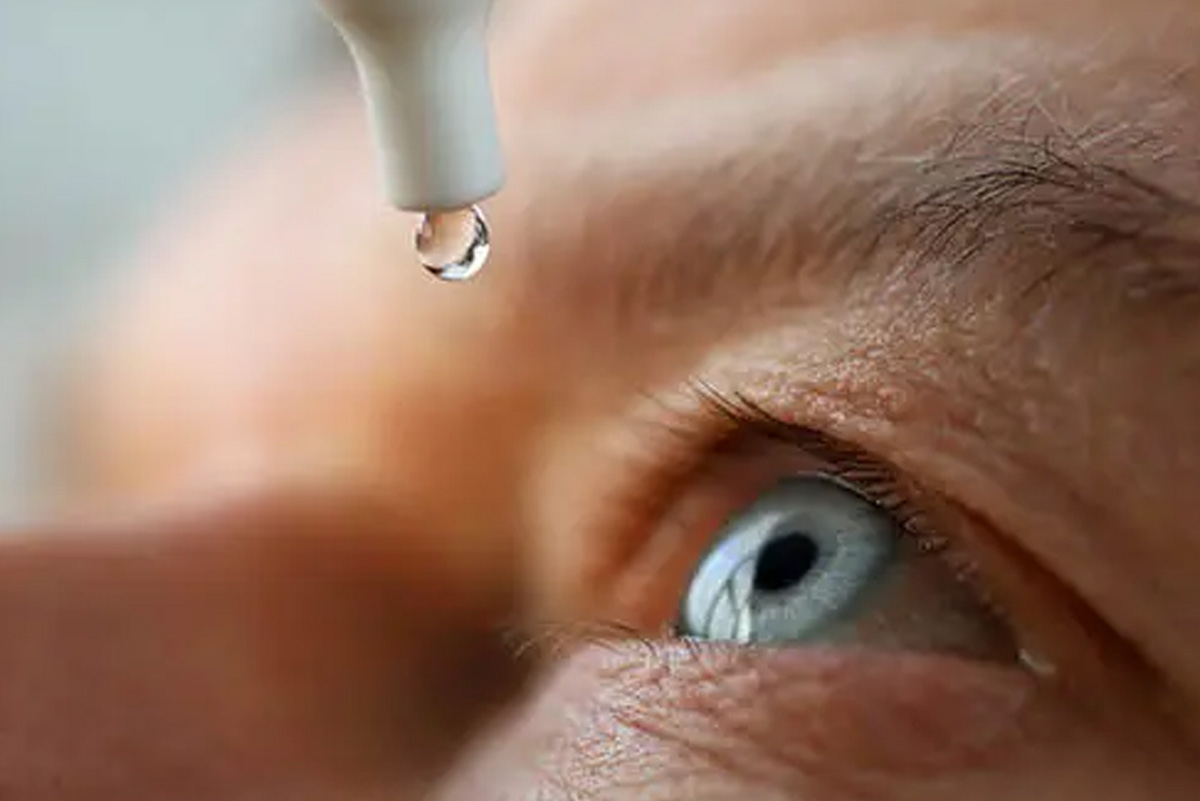If your eyes feel dry, scratchy, or irritated, finding the right eye drops can make a huge difference. Many people experience discomfort from dry eye syndrome—a condition caused by insufficient tear production, gland blockages, or unbalanced tear composition. Choosing the right artificial tears or eye drops can relieve symptoms, improve comfort, and help you maintain healthy eyes.
At Eyeson Group, we provide comprehensive guidance on selecting the best eye drops tailored to your needs, whether for dryness, irritation, or temporary blurry vision.
Types of Eye Drops and Artificial Tears
1. Preserved Artificial Tears
These eye drops include preservatives to extend shelf life and prevent bacterial growth. While convenient, some people with sensitive eyes may experience irritation, inflammation, or allergic reactions. Preserved drops may also leave residue on contact lenses, so they may not be ideal for long-term use.
2. Preservative-Free Artificial Tears
These drops are excellent for contact lens wearers and those with sensitive eyes. Usually packaged in single-use vials, preservative-free tears reduce the risk of irritation and can be safely used throughout the day. Some vials can be recapped for up to 24 hours, but they should be stored in a clean, refrigerated environment once opened.
3. Oil-Based Artificial Tears
Oil-based drops contain an oil layer that prevents tear evaporation, providing longer-lasting relief for moderate to severe dry eyes. While very effective, they may stick to contact lenses, making them more suitable for glasses wearers.
4. Eye Drop Sprays or Mist
These preservative-free sprays moisturize both the eyes and eyelids. They are easy to use and ideal for those who struggle with traditional eye drops. Simply close your eyes and spray onto the eyelids—blinking spreads the moisture across the eye surface. Avoid using these sprays over makeup or lotions.
5. Artificial Tear Gels
Gels provide a thicker coating of lubrication, offering extended relief for moderate to severe dry eyes. While very effective, they can temporarily blur vision for a few minutes. Most gels contain preservatives and should be limited to four applications per day, and generally aren’t safe for contact lens wearers.
6. Artificial Tear Ointments
Ointments are the thickest form of eye lubrication, applied 1-2 times daily—usually at bedtime. They coat the front of the eye and provide overnight relief but can cause temporary blurred vision upon application.
Tips for Choosing the Right Eye Drops
- Identify your symptoms: Determine if your eyes are dry, irritated, or blurry, as different formulations address different issues.
- Check compatibility with contacts: Some eye drops are not safe to use with contact lenses. Always read labels and follow your eye doctor’s instructions.
- Consult an eye care professional: Temporary relief is helpful, but only a trained eye doctor can diagnose the root cause of your dry eyes or irritation.
Beyond Eye Drops
Artificial tears relieve symptoms but don’t address the underlying causes of dry eye. Environmental factors, medications, aging, and systemic conditions like diabetes can all contribute to eye dryness. A comprehensive eye exam can help identify the reason behind your symptoms and guide long-term treatment.
Shop Dry Eye Solutions
At Eyeson Group, we offer a range of recommended eye drops and artificial tears suited for your specific needs. From daily use to specialized formulations for severe dry eyes, our team can help you choose the right solution.
Schedule an Eye Exam
If you are struggling with dry, irritated, or blurry eyes, book a comprehensive eye exam with Eyeson Group today. Our optometrists can evaluate your eye health, provide personalized recommendations, and ensure your eyes remain comfortable and well-lubricated.
Protect your vision and enjoy clear, comfortable eyes with the right eye drops and professional care from Eyeson Group.
